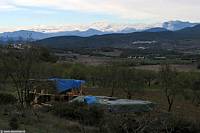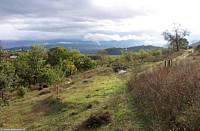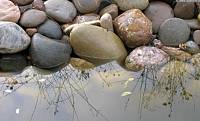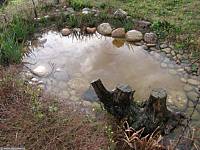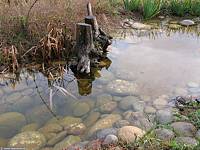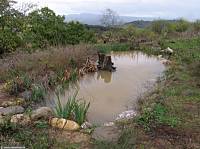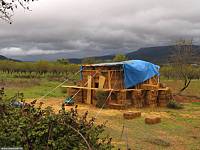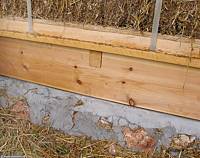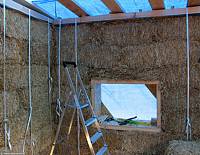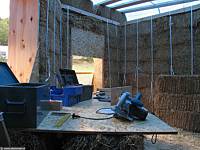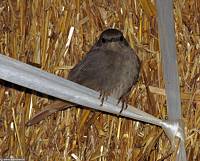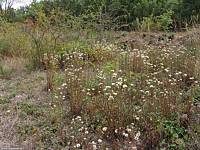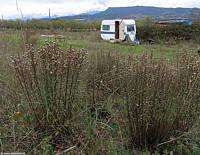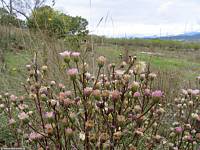|
|
Nature
Switched On
|
|
|
introduction
|
2008 November 1 & 2, Saturday & Sunday When we arrived at the terrain the
rain gauge indicat
|
Fresh snow on the Central Pyrenees. |
|
The rain must have fallen regularly without extreme downpours
because the water in the higher pond was still clear, without indication of
dirty inflow. This changed on Saturday night when a deluge of 25
litres filled the ponds up with dirty water.
The colour is nevertheless not the same 'café con leche' colour of
21 July 2007; a clear
sign of the ground being protected and covered by vegetation.
|
The shore of the
lower pond. |
|
|
Transparent water in the higher pond on Saturday 10:10 |
Un
The higher pond. |
|
|
Muddy water on Sunday 11:09 |
||
|
Of course we were worried of what all this rainwater would do with
our future garden ho |
||
|
The building looks like a ghostly fortification
against the elements. |
||
|
A design mistake: this
protruding edge was meant as the border of the future earth plaster
but it acts as a collector of rainwater on the wooden floor. Saturday 10:35 |
||
|
Workplace inside the building where the
different parts of the roof are being made. |
The building is already offering a nice sheltering place for human
and other beings. I have installed my working place inside and a
|
Small window in the northern wall. The loose straw on top will admit a regular compression when the roof exerts its weight. Saturday 10:18 |
|
Probably a female or young Black
redstart inside the house. Saturday 21:28 |
||
|
Near the caravan there is a patch dominated by Bitter fleabane (Erigeron
acer). Last September they were all setting fruit but they
had now started flowering again.
|
||
|
The (semi-) perennial Bitter fleabane in fruit. |
||
|
Bitter fleabane flowering. |
Bitter fleabane on the central
terrace, looking north. Saturday 15:06 |
|
|
introduction
|
|
